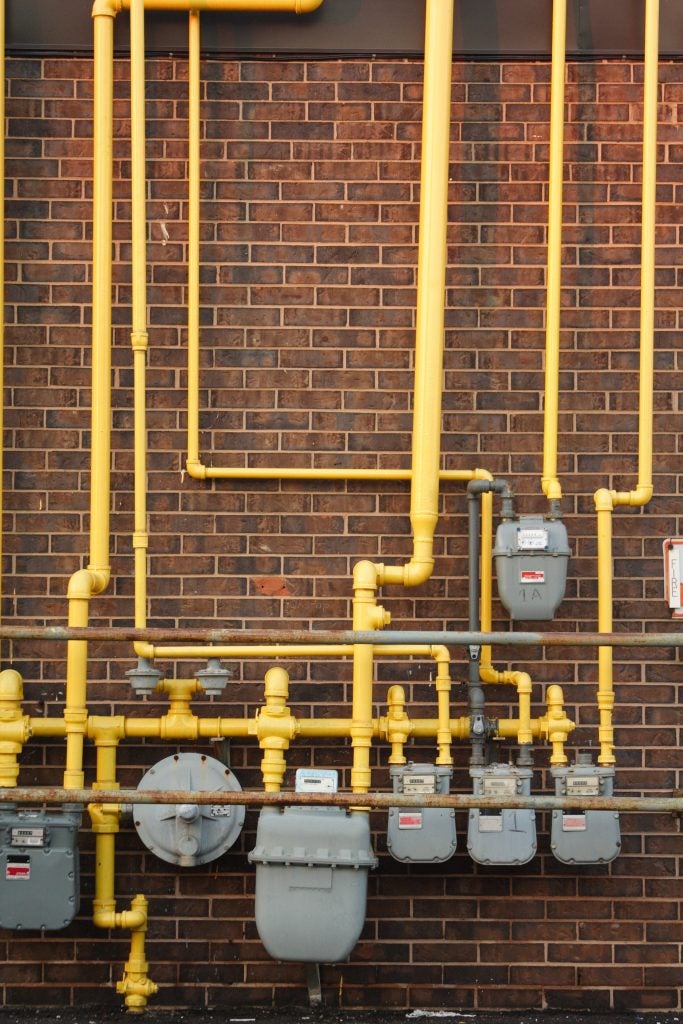 As California’s drive to wean itself from fossil fuels continues, important new challenges are emerging in its wake. Part of a broader effort to shift the state’s electric grid entirely to clean energy by 2045, for example, includes the Los Angeles Department of Water and Power’s recent announcement to retire three gas-fired power plants, while making a series of local investments to manage and balance the electric load. And with the grid getting cleaner, efforts are now getting underway to electrify as many of the other residential, commercial and industrial activities that currently depend on gas.
As California’s drive to wean itself from fossil fuels continues, important new challenges are emerging in its wake. Part of a broader effort to shift the state’s electric grid entirely to clean energy by 2045, for example, includes the Los Angeles Department of Water and Power’s recent announcement to retire three gas-fired power plants, while making a series of local investments to manage and balance the electric load. And with the grid getting cleaner, efforts are now getting underway to electrify as many of the other residential, commercial and industrial activities that currently depend on gas.
That’s great news for climate and the environment, but progress raises important questions about billions of dollars’ worth of natural gas infrastructure – everything from long distance pipelines and sprawling underground storage facilities, like the infamous Aliso Canyon, to the vast web of local distribution lines under local streets.
Specifically: Who ends up paying for stranded gas infrastructure, and what is the least-cost, most efficient way to organize its passage into the technological afterworld? These are increasingly crucial issues for policy makers not just in California, but nationwide. There are no simple answers, but a new report by Environmental Defense Fund suggests some important starting points.
Solving the stranded assets problem before it starts
Gas utilities financed these long-term infrastructure investments thinking their customers would always be there to help pay for it. But in a carbon constrained world — and a world booming with wind, solar and storage technology — demand for those old assets is waning as more customers go electric. The process is likely to accelerate now that the California Public Utilities Commission has declared its intention to lean in on the trend.
The costs for building all the gas delivery hardware is baked into customer rates, and is scheduled to be paid off over decades. With fewer gas customers in the pool year-over-year however, this could lead to higher rates and other financial risks. What’s more, there are concerns that the lower income households will be the last ones left on the system.
While the cost of retiring California gas network may be high, it is marginal compared to the costs of inaction on climate. So instead of acting as a barrier that slows migration away from gas, the discussion of stranded assets creates an opportunity to bring California stakeholders to the table to develop proactive strategies that support a cost-effective, equitable and politically viable transition away from legacy infrastructure.
The right way for California to divest from natural gas Share on XFinding a path forward
EDF’s report aims to provide a framework to help engage stakeholders in this transition, so that no one is left unfairly holding the bag. The report highlights the key data needed to assess potential risk of stranded assets and presents a variety of potential strategies that California stakeholders can implement, to varying degrees, to better manage that risk.
Switch strategically
Electrification on ad hoc, a house-by-house basis could leave customers paying more to maintain increasingly underutilized gas assets longer. Targeted, coordinated efforts on the other hand – potentially neighborhood-by-neighborhood – can streamline this process in a way that can help reduce costs by retiring sections of the network faster.
Financial tools for early retirement
We can’t take back the investments we’ve made in the gas network, but we shouldn’t put unnecessary burdens on gas customers either – especially those who are least able to afford it. That means new financing strategies to ensure equitable transition. The state could pursue a mix of several financing options including securitization, accelerated depreciations, changes to equity returns and disallowance of recovery. One of the most important considerations will be establishing tools that create an equitable distribution of stranded asset risk and burden.
Make a decommissioning plan
The cost of retiring gas equipment – like depressurization or removal – should be planned for well in advance, before the asset has reached the end of its useful life. As customers leave the system, fewer of them will be around to help pay for this staged retirement. With the transition to cleaner energy happening now, it makes sense to develop a schedule for decommissioning costs factoring in this transition.
Find new uses for old assets
Alternative, lower carbon fuels like biomethane and hydrogen can be alternatives to fossil gas, therefore extending the useful life of gas assets. However, with concerns over fuel availability, cost and safety, deployment of these fuels is likely to focus on specific applications that may have difficulty electrifying, like heavy-duty industrial facilities. This should also pair with specific leakage abatement measures for the gas infrastructure.
California is just starting to grapple with the stranded assets issue. The state – either through the Public Utilities Commission or the legislature – can help play an important role to start collecting the data needed to properly evaluate our gas system and determine the best mix of solutions for managing gas infrastructure, while also expanding electrification efforts.
We don’t yet know the full scope of California’s gas assets that may or may not become stranded, but we do know that early planning and preparation can help us manage this challenge. No one strategy will solve the stranded assets problem, but we can and should establish a basic framework for evaluating risk and bringing the right solutions to the table.









